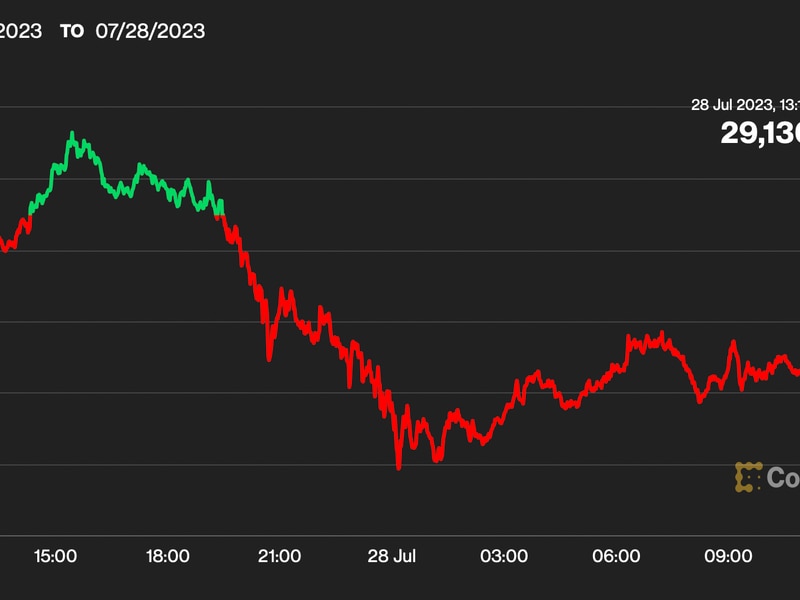Wasabi Wallet 2.0 Will Offer Automatic CoinJoins by Default to Boost Privacy
Wasabi Wallet 2.0 Will Offer Automatic CoinJoins by Default to Boost Privacy
Wasabi Wallet, the privacy-focused bitcoin software wallet, has set a broad timeframe for the release of Wasabi Wallet 2.0. The goal is not only to make the wallet easier to use as more people start adopting bitcoin, but also to implement the privacy improvements of the WabiSabi protocol, including making CoinJoins automatic by default.
In a blog post laying out the launch timeline of the wallet, Wasabi announced the updated version would get a full UI (user interface) rewrite and user experience improvements, as well as make a CoinJoin easier for your average user. At the moment the team is in the midst of first steps for all three of these developments. While the most likely timeline for release is nine months, it could take as few as three or as many as 14.
The post also said manual coinjoining will be a thing for “power-users only.”
“Wasabi adds complications to traditional Bitcoin wallet workflows with its manual coinjoining process and its mandatory coin control features,” said Adam Ficsor, Wasabi co-founder and lead researcher, in an email to CoinDesk.
“To improve upon these we’re planning to make coinjoining automatic by default and build upon the realization that coin control is mostly friction when the user would like to spend conjoined coins, so we should be able to introduce a simple send for that.”
Automatic CoinJoins
A CoinJoin is a method for bitcoin (BTC) users to make their payments harder to track by combining multiple payments from multiple senders into a transaction, muddying the ability of third parties to see who paid whom.
Ficsor said his plan currently is that at wallet creation, users would be asked if they want the wallet to take care of CoinJoins or whether they’d prefer to do it manually, as is the case now. Users would also set a privacy target (Ficsor tossed out levels such as none, some, high and Snowden) and then everything would happen automatically from there.
“CoinJoins would be done while the wallet is open (and even when it isn’t) so all the user would have to do is use its wallet like a normal bitcoin wallet,” said Ficsor.
He did say that while this is his plan, the final product could turn out differently based on what the team learns along the way.
How WabiSabi improves on CoinJoins
In the original Wasabi Wallet, there were limits to the functionality of CoinJoins.
“For this to work effectively, each user in a CoinJoin transaction must send a minimum amount of bitcoin to the mixing pool (e.g., 0.1, 0.01, etc) so as to ensure that they receive the same output as other users when the CoinJoin is complete,” Harper wrote. “If recipients don’t receive the same amount of bitcoin at the end of a join as other users in the mix, the transactions could be easily de-anonymized by blockchain surveillance.”
Typically, the coordinator of a CoinJoin also has insight into a user’s information, that could allow them to link inputs to a user.
WabiSabi, which will launch with the Wasabi Wallet 2.0, works to address some of these limitations by allowing users to input different amounts of BTC, independent of what other participants put in – which, let’s be honest, is how most people spend money. The coordinator role will still exist.
How this helps the average user
Ficsor said for average users the only uncomfortable thing they might experience with Wasabi Wallet 2.0 is that it may take a while until CoinJoins happen. This means if the users receive coins to their wallets, then it’d be automatically coinjoined in the background, and that may take a while. If users are in a hurry and want to spend their money before it’s coinjoined, they would have to utilize the manual coin control tab and figure it out, given spending non-coinjoined coins without coin control is “privacy suicide,” according to Ficsor.
“That being said, I think in 99% of the cases there will always be coinjoined coins to spend from, so this wouldn’t really occur that often.”









